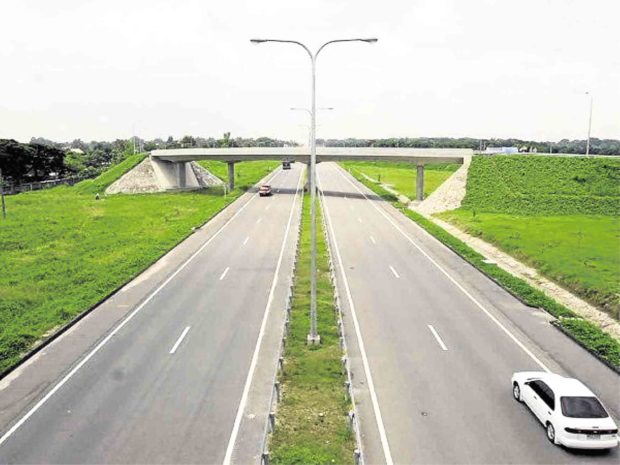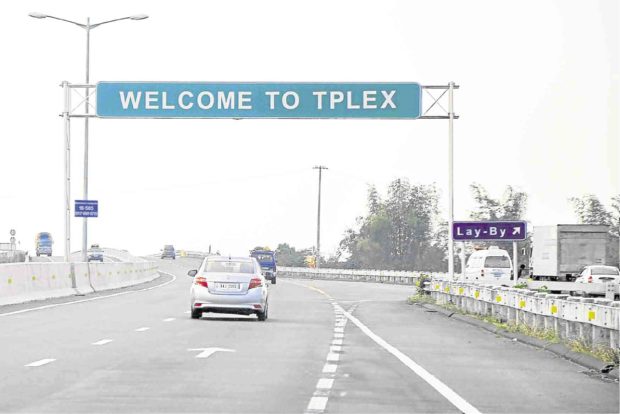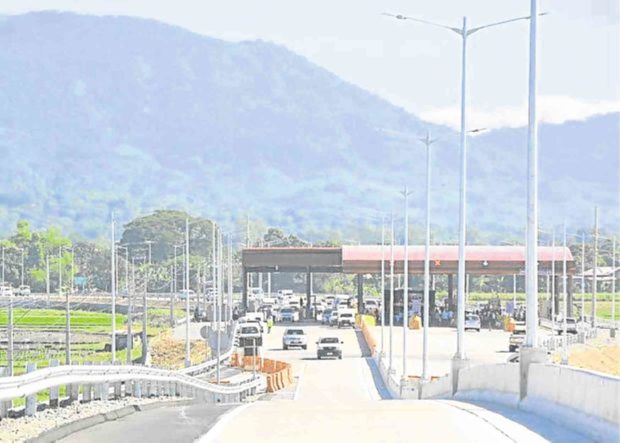North’s path to growth

North of Metro Manila are such highways that made provinces in Central and Northern Luzon more accessible than ever. The North Luzon Expressway (NLEx), Subic-Clark-Tarlac Expressway (SCTEx), and Tarlac-Pangasinan-La Union Expressway (TPLEx) have since made the drive faster, easier and more convenient.
Beyond convenience, these major thoroughfares have more importantly helped unlock potential in the provinces up north, as the accessibility prompted many businesses to tap the growing opportunities in Central and North Luzon.
Real estate developers, for instance, have also started to flock to these areas, building their respective estates and townships, capitalizing on improving incomes and rising demand for residential, commercial and even industrial spaces.
‘Luzon Urban Beltway’
SCTEx, the country’s longest expressway at 93.77 kilometers is a flagship project of the Bases Conversion Development Authority (BCDA).
Such was its impact that it became known by many names: Backbone of a New Economic Corridor; Centerpiece of Luzon’s Commercial and logistics Hub; Launch Pad for Region III’s Economic Takeoff; Crown Jewel of the Luzon Urban Beltway; Global Gateway of the Extended W Growth Corridor, among others.
Commercial operations for the SCTEx started on April 28, 2008. The four-lane expressway, which became fully operational on July 25, 2008, has its southern end at the Subic Bay Freeport Zone in Zambales, and passes through the Clark Freeport Zone in two interchanges, while its northern end is in Tarlac City. Connected to the NLEx from Manila, travel time from Clark to Subic was reduced to 40 minutes, and Clark to Tarlac to 25 minutes.
As the shortest, most direct and most efficient link connecting the Subic Bay Freeport Zone in Zambales, the Clark Freeport Zone in Pampanga and the Central Technopark in Tarlac, SCTEx now drives the region’s economic development.
BCDA earlier explained that the SCTEx revolutionized the way business and leisure is conducted in the Central Luzon. Built to serve the needs of motorists, tourists, commuters and the region’s residents and businessmen, it supports the evolution of Central Luzon into a major multi-modal logistics and transshipment hub in Asia.
It also serves as a pathway that links key facilities and infrastructure like the Subic Seaport and Clark International Airport. It also served as a portal by which Central Luzon can trade directly with international markets. This has thus given residents, traders and businessmen more investment and trade opportunities as goods and services can be imported from and exported to the rest of Asia and the world more efficiently and cheaply.
Access to North Luzon
SCTEx likewise also paved the way for the construction of the 88.85-km TPLEx, which further shortens travel time from Manila to the northern parts of the country. This expressway traverses the provinces of Tarlac, Pangasinan and La Union.
The full use of the TPLEx significantly cuts travel time and allows more access to towns in Northern Luzon, resulting in a positive effect on tourism and regional economic growth.
Travel time from Tarlac City to Pozorrubio in Pangasinan, for instance was drastically cut to 45 minutes, from the previous 2 hours and 30 minutes.

Big businesses have also started investing in towns in northern and central Luzon.
In 2016, SM Supermalls opened SM City Rosales in Pangasinan. The mall is accessible via Carmen Exit of TPLEx. Also in 2016, PTT Philippines, a local subsidiary of Thailand’s largest oil firm, opened its largest service station—a 2-ha gas station, along SCTEx.
The new roads are said to also benefit farmers and traders from northern and central Luzon provinces as their products now reach Metro Manila and other cities in the south faster. This means that a motorist driving from Balintawak in Quezon City via the NLEx and the SCTEx could now reach Baguio City in three hours and 30 minutes on a normal day, down from what used to be an eight-hour travel.
Modern metropolis
The much reduced travel time from Metro Manila to the north has also inspired the building of the next big metropolis called the New Clark City—touted to become the country’s first smart, green, and resilient city.
This 9,450-ha expanse, which is envisioned to become next growth driver in Luzon, is one of the big-ticket projects of the BCDA under the government’s ambitious “Build, Build, Build” infrastructure program.
To be situated in the New Clark City is the National Government Administrative Center (NGAC), which is being developed by Malaysian infrastructure conglomerate AlloyMTD Group, through its local unit MTD Philippines Inc.
NGAC broke ground in New Clark City on January 23, 2018. The 40-ha Phase 1A of this massive project involves the development of disaster-resilient back-up offices of various government agencies to ensure continuous business operations and services in case disasters or natural calamities devastate Metro Manila.
Also being built are the world-class Sports Stadium with a 20,000-seating capacity, the Aquatic Center, housing facilities to accommodate athletes competing in the 2019 Southeast Asian Games and government workers, and support service facilities.
Nearly 10,000 athletes from Brunei Darussalam, Cambodia, Indonesia, Laos, Malaysia, Myanmar, Philippines, Singapore, Thailand, Timor-Leste, and Vietnam are expected to gather at the New Clark City from November 30 to December 10 for the SEA Games.
Source: Inquirer Archives, https://bcda.gov.ph; https://trb.gov.ph

